Top Things to Know Before Buying the Best Garden Sprinkler
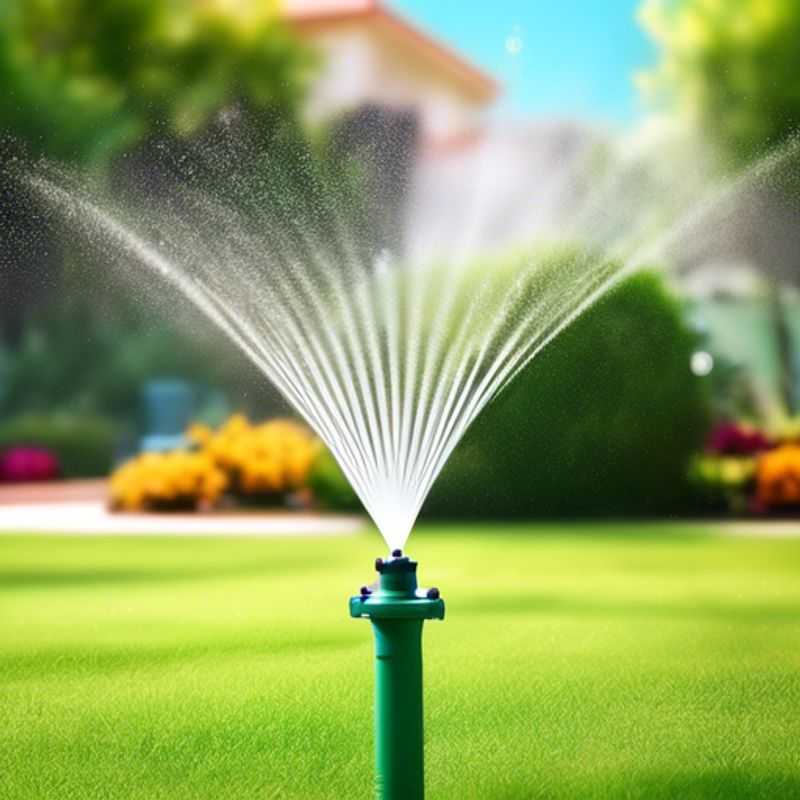
Top Things to Know Before Buying the Best Garden Sprinkler: A Guide for the Water-Wise
Ah, the garden. A place of serenity, growth, and—let's be honest—sometimes, a bit of a watering headache. Choosing the right sprinkler can be a real game-changer, turning those parched patches into a thriving green oasis. But with so many models out there, it's easy to feel overwhelmed. Fear not, dear gardener, for I'm here to guide you through the sprinkler selection process with the precision of an engineer and the charm of, well, me.
First things first: determine the size of your garden. A small patch might be perfectly happy with a simple oscillating sprinkler, while a sprawling expanse might require a more robust rotary model. Remember, a sprinkler that's too small for your garden will leave patches dry, while one that's too large can lead to overwatering and wasted water. It's all about that sweet spot.
Next, let's talk water pressure and flow rate. This is where the engineering comes in. Different sprinklers have different demands. Some are thirsty, others are content with a gentle trickle. Consult your local water provider to understand your pressure and flow rate. This will help you choose a sprinkler that will perform optimally, ensuring those beautiful blooms get the hydration they need.
Now, let's get into the fun part: adjustable spray patterns. A good sprinkler will allow you to tailor the water distribution to your specific needs. Need to target those delicate seedlings? No problem. Want to give those thirsty tomatoes a good soak? Easy peasy. Look for models with adjustable spray patterns, and you'll be able to fine-tune your watering routine like a true garden maestro.
Of course, no sprinkler is an island. It needs to integrate seamlessly with your existing water system. Ensure the sprinkler is compatible with your water supply and hose connections.
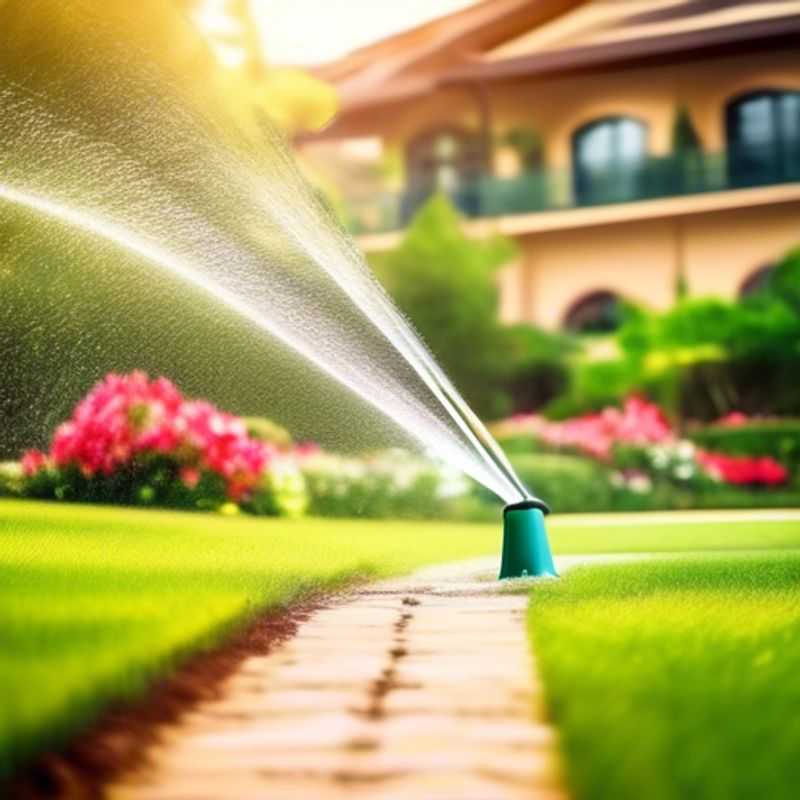
Sprinkler Size Matters: Matching Coverage to Your Garden
Before you buy a sprinkler, it's crucial to know how big your garden is. If you're unsure, grab a tape measure and walk around your garden's perimeter. Measure the longest and widest points of your garden to determine its approximate size.
Now that you've measured your garden, you need to pick a sprinkler that can adequately cover the area. Sprinklers are rated based on their coverage area, usually measured in square feet. Look for sprinklers whose coverage area matches or slightly exceeds your garden's size.
For example, if your garden is 1000 square feet, consider a sprinkler with a coverage range of 1000 square feet or greater. Consider the shape of your garden as well. Rectangular gardens might require a different sprinkler than circular ones.
Don't forget to factor in any obstacles like trees or fences. Sprinklers need an unobstructed path to effectively water your garden. And remember to consider the amount of water pressure in your home. Some sprinklers need more pressure than others to function properly.
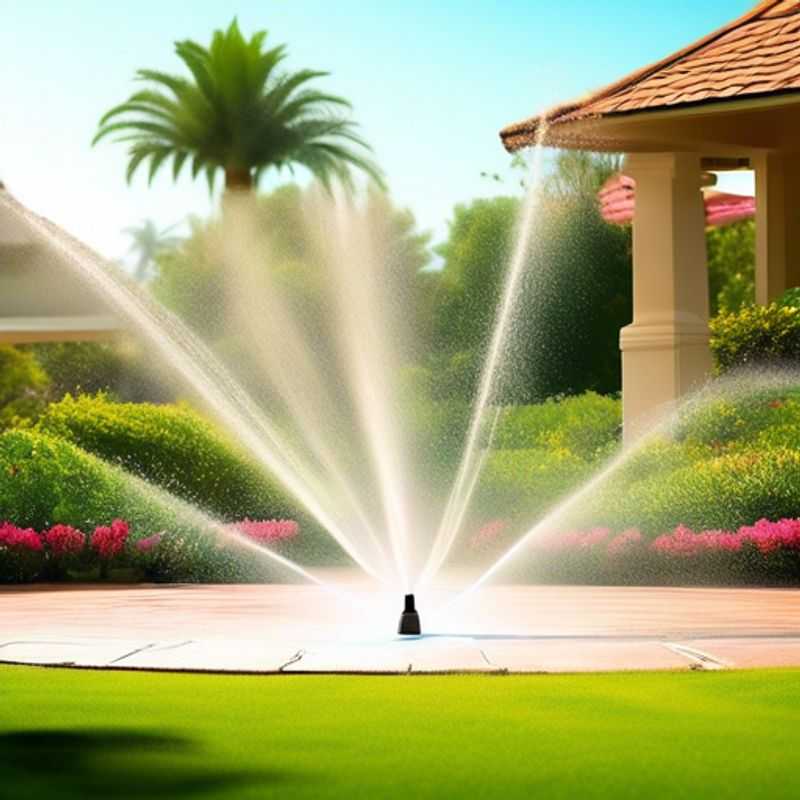
Water Pressure and Flow Rate: Optimizing Your System for Peak Performance
Water pressure and flow rate are crucial factors in determining the performance of many household appliances and systems. Understanding these factors is essential for optimal functionality and efficiency.
Water pressure refers to the force exerted by water against the walls of pipes or fixtures. It is measured in pounds per square inch (psi). Most household appliances and systems require a minimum pressure of 30 psi for proper operation, while optimal pressure ranges from 40 to 60 psi.
Flow rate refers to the volume of water that passes through a point in a given time. It is measured in gallons per minute (gpm). The required flow rate varies depending on the specific appliance or system. For example, a shower head might require 2.5 gpm, while a washing machine might require 5 gpm.
Insufficient water pressure can lead to poor performance of appliances, such as weak shower flow, slow filling of bathtubs, and reduced washing machine efficiency. Conversely, excessively high water pressure can damage pipes and fixtures, leading to leaks and costly repairs.
To ensure optimal performance, it is important to check your water pressure and flow rate. A simple pressure gauge can be used to measure pressure at a faucet. If the pressure is too low, a booster pump may be required. If the pressure is too high, a pressure regulator can be installed to reduce it.
Flow rate can be measured using a bucket and stopwatch. Fill a bucket with water and measure the time it takes to fill. The volume of the bucket divided by the time is the flow rate. If the flow rate is insufficient, it may be necessary to install a larger diameter pipe or replace an old faucet with a more efficient one.
Proper water pressure and flow rate are vital for the smooth functioning of your plumbing system and appliances. Taking the time to check and adjust them as needed will ensure their optimal performance and longevity.
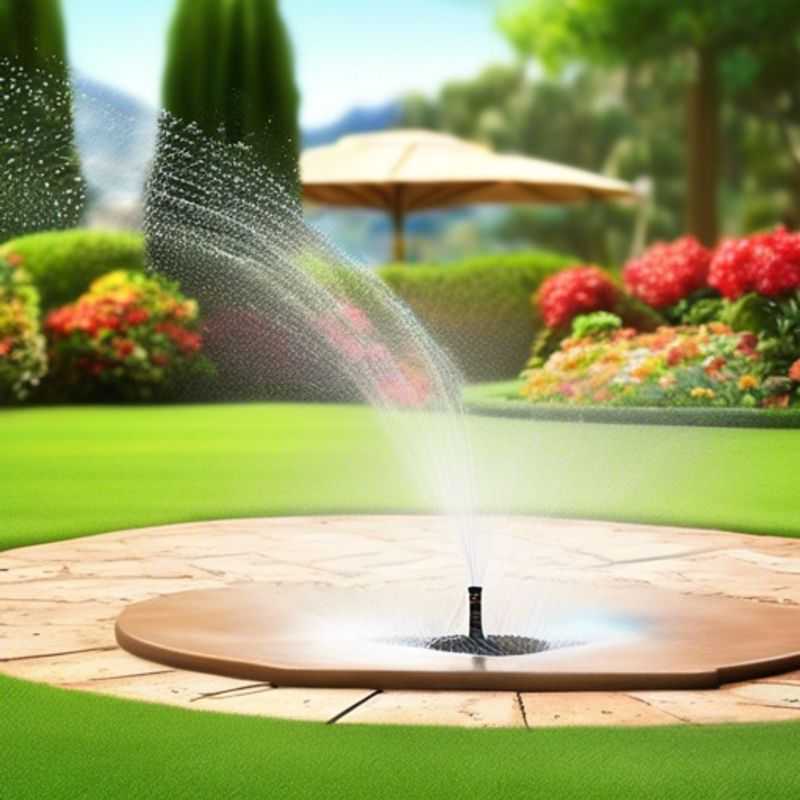
Fine-Tune Your Watering: Choosing Sprinklers with Adjustable Spray Patterns
Adjustable spray patterns on sprinklers offer a significant advantage in water conservation and efficient lawn care. By precisely directing water to specific areas, you can avoid overwatering certain zones and ensure even moisture distribution.
Here’s how to choose the right sprinkler with adjustable spray patterns:
1. Choose the right type of sprinkler: Different types of sprinklers cater to specific needs. Rotator sprinklers, for example, are known for their consistent water distribution and are perfect for large areas, while impact sprinklers are ideal for smaller areas and offer strong water pressure.
2. Consider the adjustable spray pattern options: Look for sprinklers with adjustable arc and radius settings. This allows you to tailor the spray pattern to the specific needs of your lawn, ensuring that only targeted areas receive water.
3. Ensure the sprinkler is compatible with your existing system: Check the compatibility of the chosen sprinkler with your current irrigation system to avoid compatibility issues. If you're unsure, consulting a professional is always a good idea.
4. Assess the water pressure and flow rate: Ensure the sprinkler can handle the water pressure and flow rate of your irrigation system to avoid overspraying or inefficient watering.
5. Factor in the cost: While adjustable spray sprinklers can be more expensive than standard ones, the benefits of water conservation and efficient watering can outweigh the initial cost.
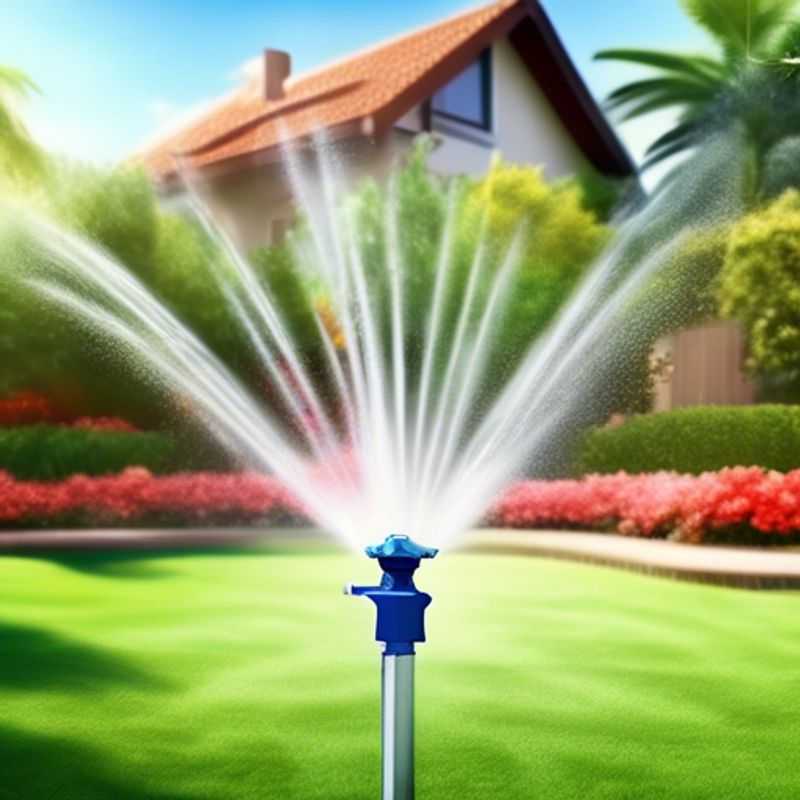
Sprinkler Compatibility: Ensuring a Seamless Watering System
Before you start watering your lawn, it's crucial to ensure that your sprinkler system is compatible with your water supply and hose connections. This seemingly simple step can save you a lot of headaches down the road. Here's what you need to know:
Water Pressure: Sprinklers have specific pressure requirements. If the water pressure in your area is too low, the sprinkler might not operate efficiently. Conversely, high water pressure could damage the sprinkler system. Check the water pressure at the tap where you'll be connecting the sprinkler. You can purchase a water pressure gauge for this purpose.
Hose Connections: Ensure the hose connection of the sprinkler matches the type of hose you have. Most sprinklers use standard garden hose fittings, but some might require specialized connectors. Check the manufacturer's specifications for the type of fitting required. If you need an adapter, you can easily find them at most hardware stores.
Water Supply: Some sprinkler systems require a dedicated water supply, such as a well or a separate line from your main water source. Make sure you have a sufficient water supply to meet the needs of the sprinkler system. Consider the size of your lawn and the amount of water the sprinkler uses per hour.
Sprinkler Type: Different sprinklers are designed for different purposes. Some are ideal for watering lawns, while others are better suited for gardens or flower beds. Make sure you choose the right type of sprinkler for your needs.
Professional Installation: If you're unsure about the compatibility of your sprinkler system or need help with installation, it's best to contact a professional sprinkler installer. They can ensure the system is properly installed and meets your specific requirements. This might involve additional costs, but it's worth the peace of mind and ensures that your sprinkler system will function correctly and efficiently.
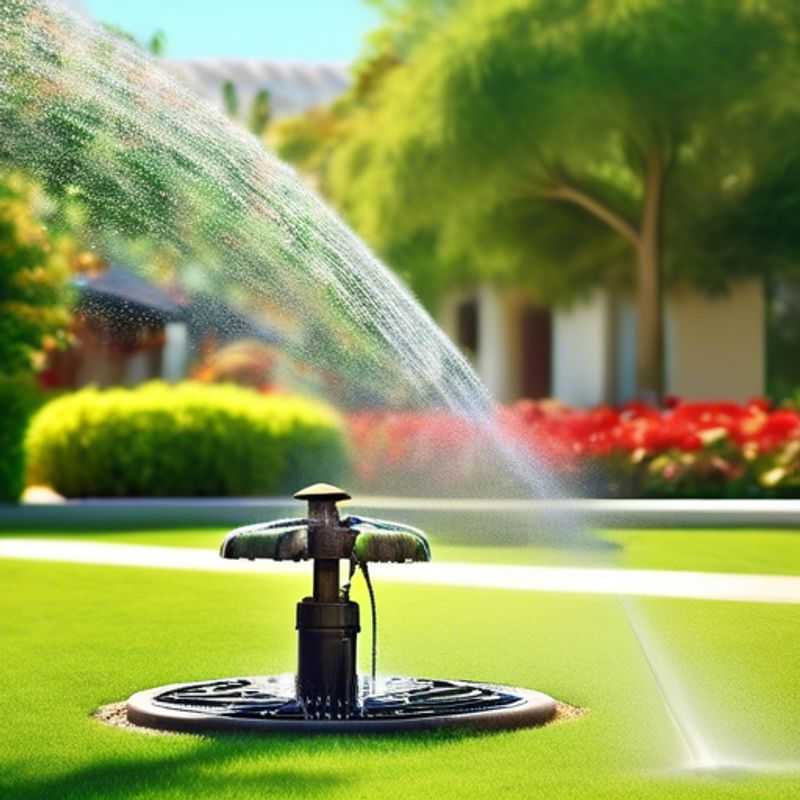
Beyond the Basics: Finding Convenience Features in Your Gadgets
Adding features like timers, sensors, and remote controls can bring convenience and efficiency to your project. Timers automate tasks, ensuring things happen at the right time. Sensors detect changes in the environment, triggering actions like turning lights on or off. Remote controls provide wireless control, allowing you to operate devices from a distance.
When considering these features, remember to factor in the cost. Timers, sensors, and remote controls come in various types, each with its own price range. Sensors can be particularly expensive depending on the type and complexity. You'll also need to consider the installation costs, which can vary based on the complexity of the project.
While convenience is a major benefit, it's crucial to carefully evaluate the need for these features. They might not be necessary for every project and could add unnecessary complexity. Consider your budget, the project's scope, and the potential benefits before incorporating these features.
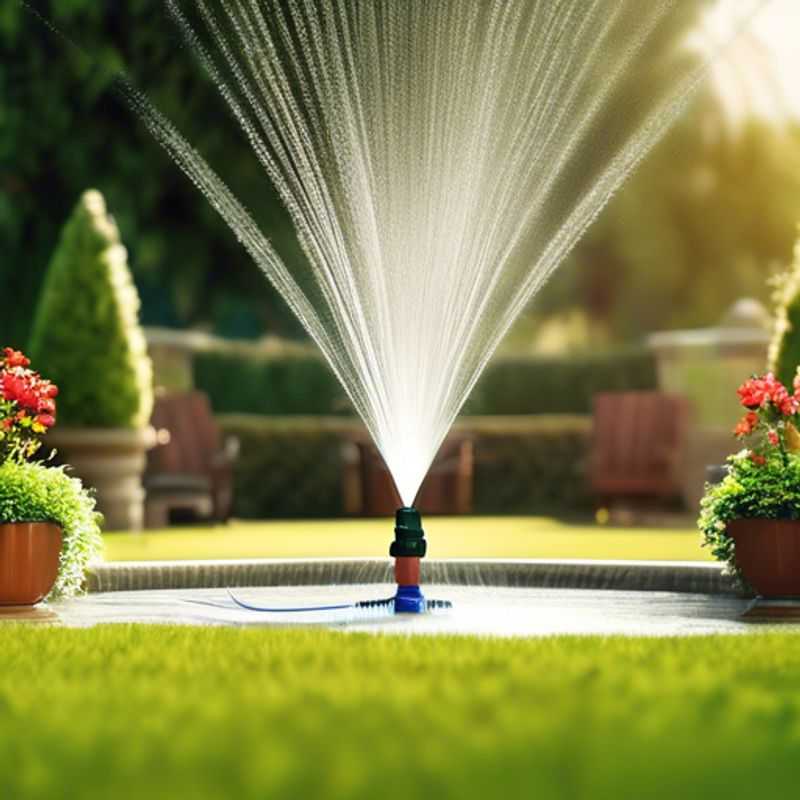
Decoding Customer Feedback: Using Reviews and Ratings to Gauge Quality and Durability
Customer reviews and ratings can be a valuable resource when assessing the quality and durability of a product. They provide insights from real users who have experienced the product firsthand. However, it's important to approach customer reviews with a critical eye.
Look for patterns and trends. Do multiple reviews mention the same pros and cons? Are there any common complaints about the product's durability? These patterns can help you gain a more accurate understanding of the product's strengths and weaknesses.
Consider the reviewer's experience. Is the reviewer a first-time user or a seasoned expert? What is their motivation for writing the review? Reviews from users with extensive experience or specific expertise can be particularly valuable.
Be wary of reviews that seem overly positive or negative. Some reviews may be incentivized, either by the manufacturer or by competitors. It's wise to look for reviews that are balanced and objective, and to consider the overall distribution of ratings.
Read between the lines. Pay attention to the language used in the reviews. Does the reviewer use specific details or technical language? Do they provide evidence to support their claims? These details can help you evaluate the credibility of the review.
Don't solely rely on customer reviews. Complement customer reviews with information from independent product tests, expert reviews, and manufacturer specifications to form a more comprehensive assessment of the product's quality and durability.
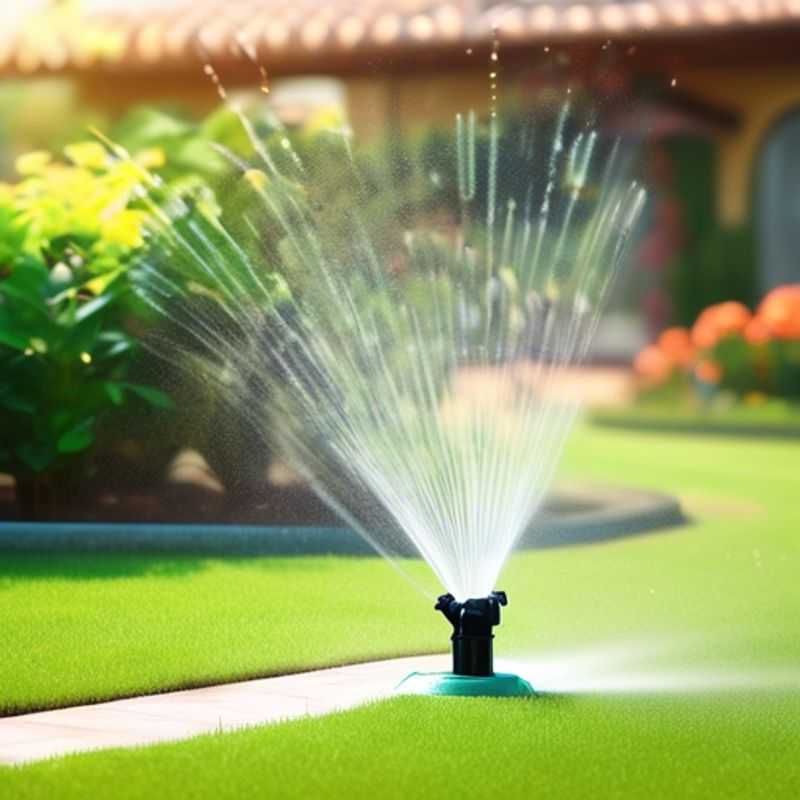
Unlocking Savings: Compare Prices and Find Deals to Get the Best Value
In today's digital age, getting the best value for your money is easier than ever. Comparing prices and looking for sales or discounts can significantly impact your budget. Here's a quick guide to maximize your savings:
Price Comparison Websites: Utilize online tools like Google Shopping, PriceRunner, or similar platforms to compare prices from multiple retailers. This allows you to quickly find the best deals and make informed purchasing decisions.
Sales and Discount Websites: Platforms like RetailMeNot, Groupon, and Honey offer coupons, promo codes, and cashback opportunities. These platforms are invaluable for finding discounts on everything from clothing to electronics.
Subscribe to Newsletters and Email Alerts: Sign up for newsletters and email alerts from your favorite retailers. They often announce exclusive sales and promotions to their subscribers first.
Consider Shopping During Sales Events: Major holidays and seasonal events like Black Friday, Cyber Monday, and Prime Day offer deep discounts on various products.
Shop Around: Don't settle for the first price you see. Take the time to check multiple retailers, both online and brick-and-mortar stores, to ensure you're getting the most competitive price.
Read Reviews: Before purchasing a product, read reviews from other customers to get a sense of its quality and value.
Be Patient: The best deals sometimes take time to find. Be patient and persistent in your search, and you'll be rewarded with significant savings.
Remember, a little effort can go a long way when it comes to saving money. By using the tips above, you can find the best deals and maximize your budget. Happy shopping!
